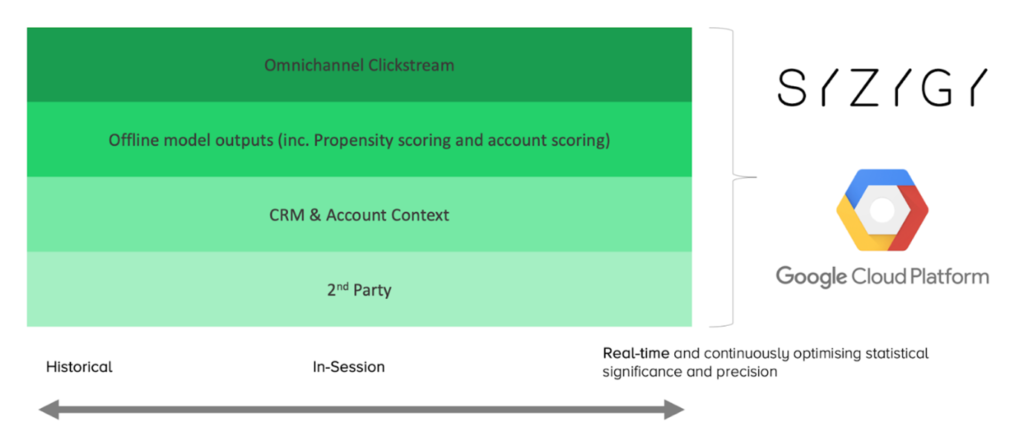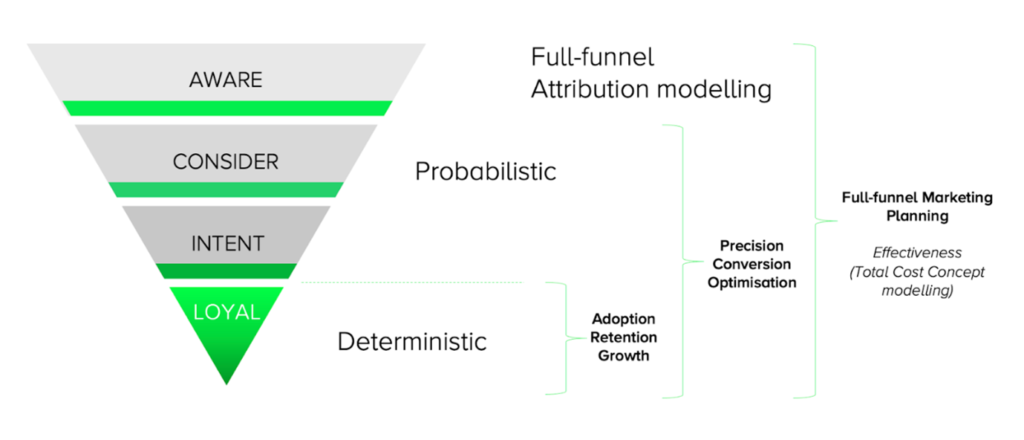The demise of the cookie as we know it may have been given yet another stay of execution by Google, but let there be no doubt: its end is coming. Yet, people are still underprepared: one recent study of 500 CMOs in the UK and US suggests that nearly 50 percent are not well prepared for the days when cookies become a thing of the past.
They are not alone. Repeated delays and a lack of concrete roadmaps for credible scalable long-term alternatives for identification, targeting, reporting and evolving marketing strategies are muddying the waters. However, there are steps which can and should be taken by businesses of all kinds to prepare for the day the cookie is finally removed from the jar. Parking the issue and sleeping on the job could prove more problematic in the long run, as the cookie has been one of the more foundational aspects of performance marketing and digital infrastructure as a whole. Preparing for its absence is a marathon, not a sprint.
It may not be sexy, but a full data compliance, first-party data and activation strategy needs to be a crucial first step. The problem with cookies is their ubiquity. We’ve all become very used to dealing with them; still, they are far from the be all and end all of recognising customers online and especially in these increasingly privacy-conscious days, they have significant limitations. Google’s own VP and GM of ads, Gerry Dischler, put it best: “Cookies and other third party identifiers which some are advocating for within the industry do not meet rising expectations that consumers have when it comes to privacy. They will not stand up to rapidly evolving regulatory restrictions. They simply cannot be trusted in the long term.”
Luckily, businesses have been gifted more breathing space to prepare for this coming paradigm shift both organisationally and technically in how brands and platforms garner consent, remain relevant and foster full-funnel, and long-term, relationships. Make no bones about it, the impact of cookie depreciation will be wide ranging. It will restrict the potential for remarketing, long a staple of online acquisition in an attempt to recapture the attention of those who may have looked at a product or site and slipped through the net. It will also limit resolution with walled gardens, which have become so influential. Brands often cannot envisage a future without liaison with Facebook or LinkedIn platforms to broaden the perspective on customers. Apple are already ahead having taken a product first stance on ad privacy opt-ins – given this path is now beaten, it looks set to be a well-trodden one. This may also trigger a complete overhaul of consent and re-evaluation of remarketing as a strategy, and many should be acting now to overhaul their first party data consent if they re-imagine their propositions in a new, cookie-free future.
The reappraisal of data doesn’t stop there – to fill perceived gaps in knowledge we are looking at a rise again in use of second party data sources and partnerships, and profiling to build a more complete view of the customer. As ad networks’ audiences diminish, the size, scale and accuracy of cross-device tracking will make it harder and less valuable to sequence creative. CRM approaches will become much more valuable as a result, evolving into Experience Relationship Management (ERM) and providing a much richer view of customer behaviour. This will fold CRM-to-ERM strategies much more closely back into digital planning, but also drive yet further focus on consent. This in turn will raise the bar for value exchanges with consumers – basic offerings will no longer suffice, and bolder service exchanges will be needed to match the needs of audiences who are well aware of the value of their time, attention and data. When you need to reaffirm consent frequently, you open regular doors to people jumping ship. The value to stay needs to be significant.
The relationship between brand and publisher will also change – no longer as simple as starting with ‘dropping a cookie’, the onus will be on brands to pass express and clear first party consent on to any intended publisher for enrichment. Data clean rooms and an owned-ID graph will become much more widespread to manage this process alongside dynamically maintained consent practice. We also expect to see further IP masking develop, again following the path beaten by Apple with Mail’s ability to mask tracking pixels, and to mask IP addresses from email senders. All of this combines to make brand trust in data handling and stewardship a fundamental given within the post-cookie world.
All of this may seem like a lot – effectively some of the longstanding fabric of digital marketing practice and internet infrastructure is being unpicked, without clarity on what will replace it. But brands and marketers can take action to prepare for what comes next. Embrace changes of adtech partners, who are also better prepared for the newly cookieless landscape. Rethink consent and the reciprocal value exchanges to consumers. Amplify current data collection, and find an ID resolution partner who suits your purposes. Start to build second party data partnerships, and ultimately, recognise that tough conversations are coming and necessary. The cookie-free future might seem uncertain, scary and unfamiliar, but it is worth remembering it’s roots and the often missed potential. Cookies have always been given credibility without question which for technologists has always been a frustration. The cookieless future should remove the limits they have long set on the market, and instead open up a new, broader and richer future for well-rounded and valuable digital experiences with audiences as a whole.
There are some key actions that we’ve been taking with our savvy clients over the past 12-24 months which turn what can seem like a daunting negative into a consumer focused positive:
- Assess your vendor list to see which partners you already have, and may not be utilising their data clean room functionality e.g. Microsoft, AppsFlyer, Snowflake, AWS and GCP. Don’t be scared off by putting your eggs into one basket – the whole purpose of the clean room is to be a safe platform agnostic home for all your 1st part data to broker its integration between your external marketing ecosystem partners

- Get your technology, product marketing, data and experience design teams talking seriously about evolving your data-value exchanges. Start evolving now, and accelerate if you’ve already started. Move beyond newsletter sign-ups, voucher-codes and re-engagement well after purchase. Build true unique reasons to sign-up and keep connected with your brand e.g. exclusive bundles, loyalty only you can do, sustainability and community programmes that amplify reasons to share data beyond the core products. This can include recycling schemes, pop-up experiences, and partner events.
- Don’t forget that the 3rd party cookie-sunset doesn’t shut the door on partner data sharing. Use your clean room (AKA. CDP, DMP 2.0) to broker meaningful and transparent relationships with trusted partners whose proposition is complimentary or can extend new value-adds to your customer base.
- .. don’t forget addressing the measurement challenges that the cookie-sunset is already causing. Rethink or reconsider Multi-touch Attribution. It has fallen short of delivering on its promises. Multi-touch Attribution is developing a reputation for failure. It’s NOT about deploying an off the shelf CDP/DMP or attribution modeling solution and hey-presto!
It’s ABOUT combining all available data to interpret and contextualise performance drivers, to demystify contributors and influence confident optimisation – we call this Full-funnel Attribution outputs of which include:
- Marketing spend with attributed view lens (e.g. Attributed vs Last Click)
- Channel contribution to drive trusted budget reallocation
- Explore conversion paths to easily act on conversion blockers
- Act on segment impact to optimise linear spend and invest in specific cohorts
- Content effectiveness attributes value to pages and contribution to conversion
- Project and campaign incrementality drill-downs to map performance attributed to specific initiatives run across teams
- Unify measurement of search (Paid + Organic) to align strategies and begin to eliminate cannibalisation – starting to confidently prove incrementality

Anthony Magee is the Director of data and experience technology at SYZYGY.
Subscribe to the Search Engine Watch newsletter for insights on SEO, the search landscape, search marketing, digital marketing, leadership, podcasts, and more.
Join the conversation with us on LinkedIn and Twitter.







